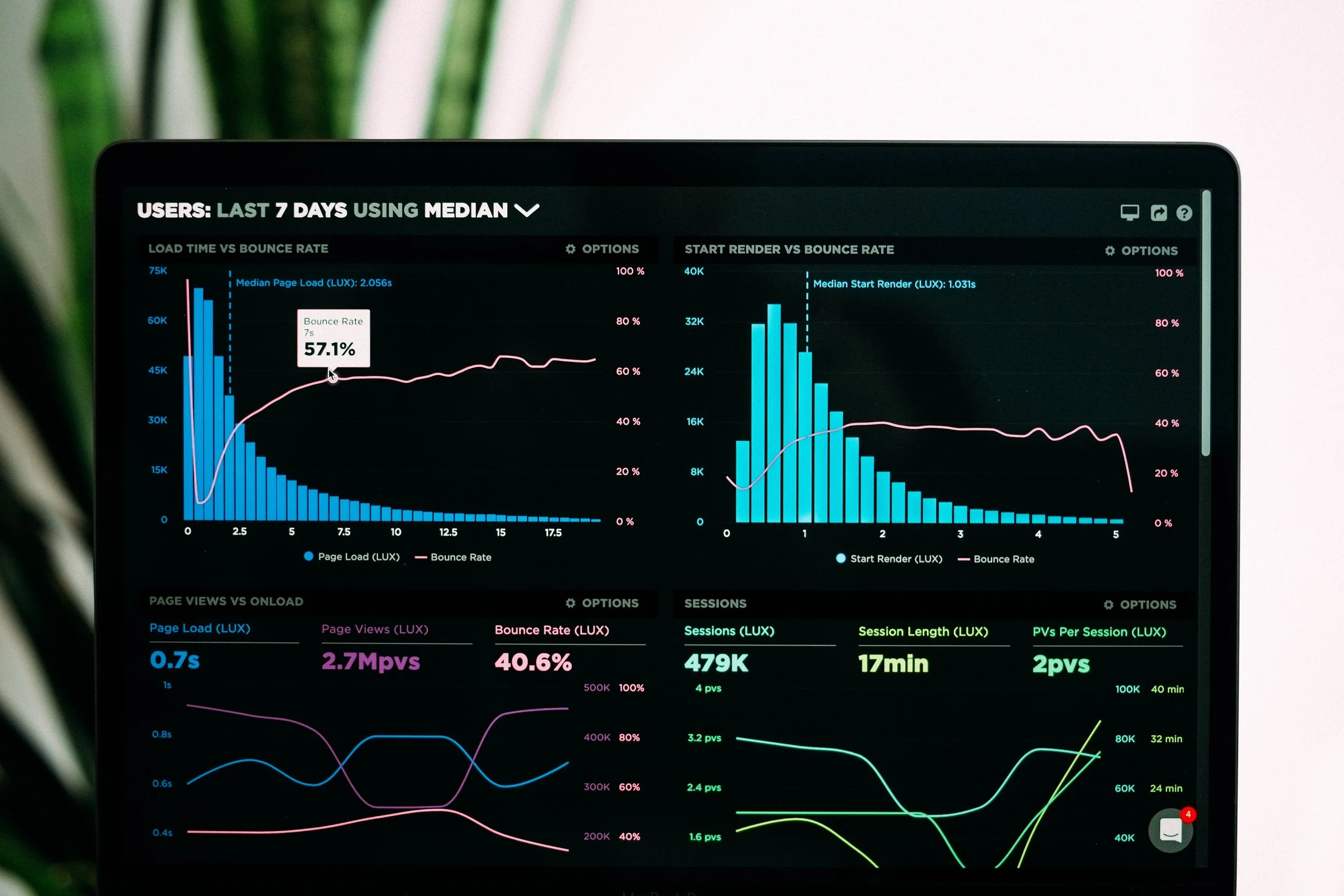Financial Modeling - tips from my mentors at Unilever and P&G
Image by Luke Chesser via Unsplash
I spent 10 years studying financial modeling from the best at P&G and Unilever.
Here are 5 things I learned about building high-stakes models from scratch:
#1 Don’t face complex issues head-on
First, take a step back and ask yourself: Do I thoroughly understand the situation? Do I know how the market conditions have changed? Do I know how the product is differentiated from new competitors? Ask these kinds of questions first before you dive into modeling.
#2 Identify gaps and adjust the model accordingly
When dealing with something new, we tend to have blindspots for what we don’t yet know. So, be brutally honest with yourself and assess the level of uncertainty. Do you have a good idea of how competitors may react? Are you confident the price is right? In your model, add buffers and run sensitivity analysis for the areas of uncertainty.
#3 Let go of bias, prejudice, and preconceived notions
Data can at times mislead us. You may feel you are making a data-based decision when basing your model on the results of a prior launch. But be aware that this can give you a false sense of certainty. Market conditions may be too different for using historical data from another country as a proxy. You may think you can adjust for the uncertainty, but you should also consider using a different forecasting method altogether.
#4 Get a sounding board
Assuming you followed steps #1-3, you likely feel you have a good plan on how to approach your model. The problem is, the very best of us can be overconfident at times.
The only way to sense-check your thinking is by walking someone else through your plan. Make sure you do it step-by-step instead of just touching on broad strokes. And, most importantly, add why you chose each path. That’s typically where you may understand that you haven’t thought every aspect through enough. And that’s something you’ll realize even if the other person isn’t as knowledgable as you about the issue.
#5 Never abandon your learning mindset
Finally, realize that understanding isn’t binary. It’s not just a yes-or-no proposition. But instead, there are various degrees. So, looking for ways to improve your understanding about the business drivers that impact your model consistently is key. And remember, if you learn something new, don’t hesitate to change your model, even if you already submitted it to your boss or client. Changing your mind in light of new facts doesn’t show you didn’t do a good job at the first try. It demonstrates you put the success of the model above all else.
If you’d like to learn more about FP&A, I offer help in three ways:
1️⃣ Subscribe to my free newsletter “FP&A Tuesday” here.
2️⃣ Listen to 75 bite-sized mini lessons and get FP&A advice on the go.
3️⃣ Join my live online course FP&A Bootcamp to master FP&A in two weeks.

